A Harlem Youth Center Still Thrives in an Uncertain Moment
Share
Explore Our Galleries
Breaking News!
Today's news and culture by Black and other reporters in the Black and mainstream media.
Ways to Support ABHM?
By Michael Kimmelman, New York Times
Three years after opening its visual jolt of a new headquarters, the Brotherhood Sister Sol has become even more of a haven for the young people it serves.
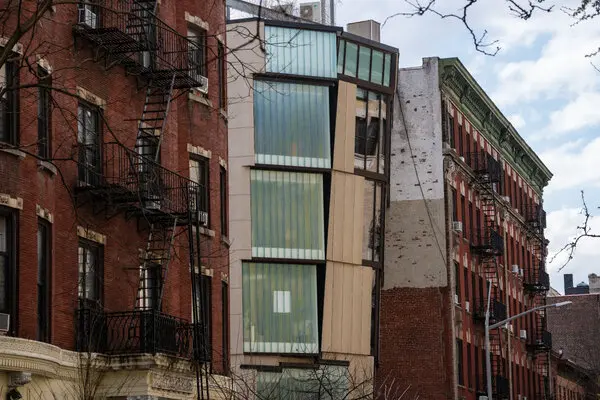
A few years ago, Brotherhood Sister Sol, the West Harlem youth development organization, opened a $22 million headquarters that became a pilgrimage stop for New York design buffs. Its jagged glass facade, along a block of old tenements, resembled an upraised hand, leaning over the sidewalk.
“An architectural showpiece,” is how I described it back in 2022.
I worried then whether the layout was functional. With 700 children romping through the quirky rooms and narrow halls, BroSis, as it’s also known, was fated to endure a daily stress test that seemed to merit a second look.
[…]
[It looks] remarkably well-loved and spotless, a clear sign of pride. The building still comes as a visual jolt on West 143rd Street. Designed by Urban Architectural Initiatives, its message remains clear: this is not your tasteful corporate building. It speaks to a different audience and different goal.
[…]
Among other things, the building has allowed BroSis to add staff and beef up its environmental programs, installing new composting boxes, hundreds of them eventually, all across the city.
Mental health services have also been expanded now that BroSis has room for more clinicians and social workers. So have art, dance and other after-school classes. The organization offers pro bono legal advice. In its old building, staff cooked for kids in a small home kitchen, and occasionally resorted to ordering pizza. The new building includes a professional kitchen that turns out 40,000 meals a year.
Learn more about the thriving facilitity.
Harlem’s Black community also celebrates Black History Month.
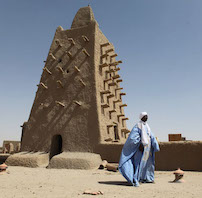

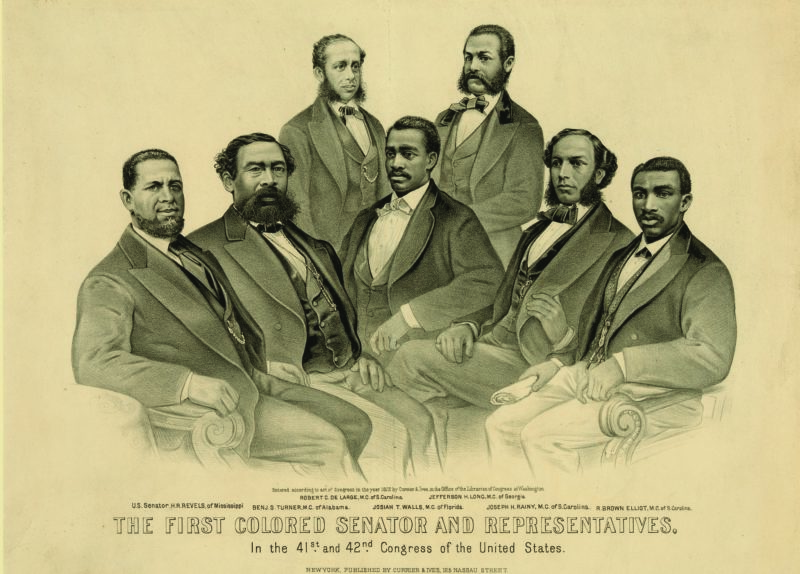
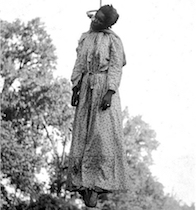

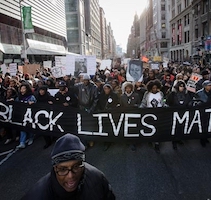
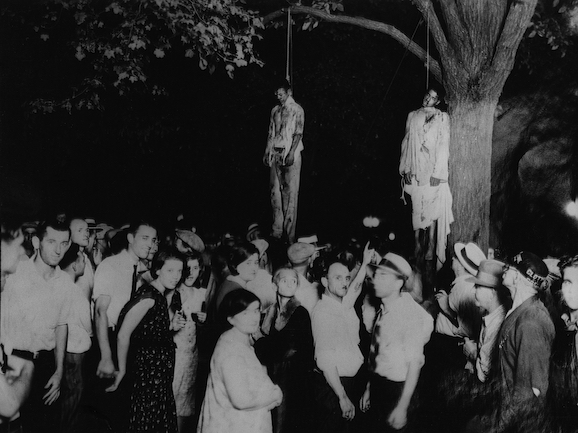

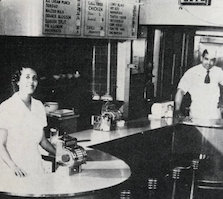
Comments Are Welcome
Note: We moderate submissions in order to create a space for meaningful dialogue, a space where museum visitors – adults and youth –– can exchange informed, thoughtful, and relevant comments that add value to our exhibits.
Racial slurs, personal attacks, obscenity, profanity, and SHOUTING do not meet the above standard. Such comments are posted in the exhibit Hateful Speech. Commercial promotions, impersonations, and incoherent comments likewise fail to meet our goals, so will not be posted. Submissions longer than 120 words will be shortened.
See our full Comments Policy here.